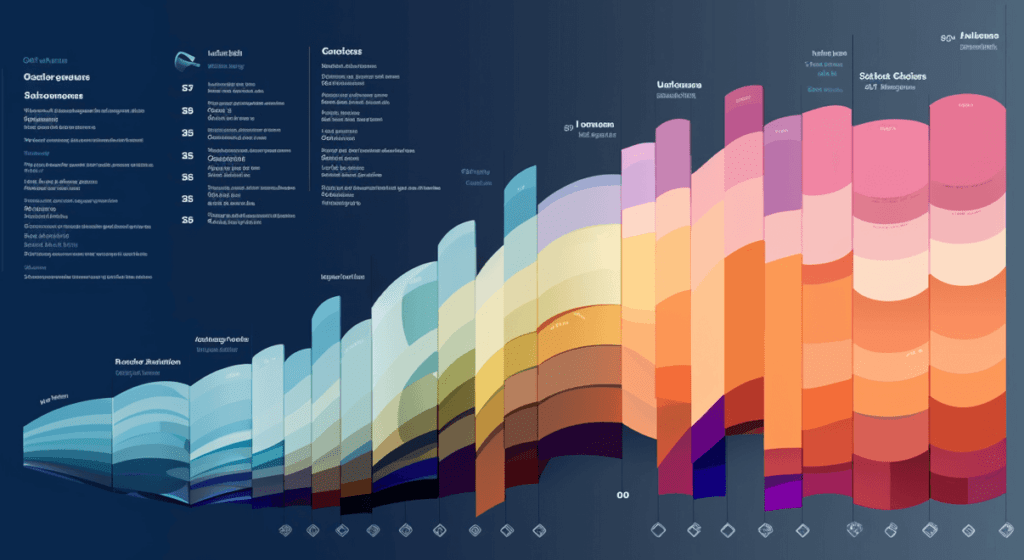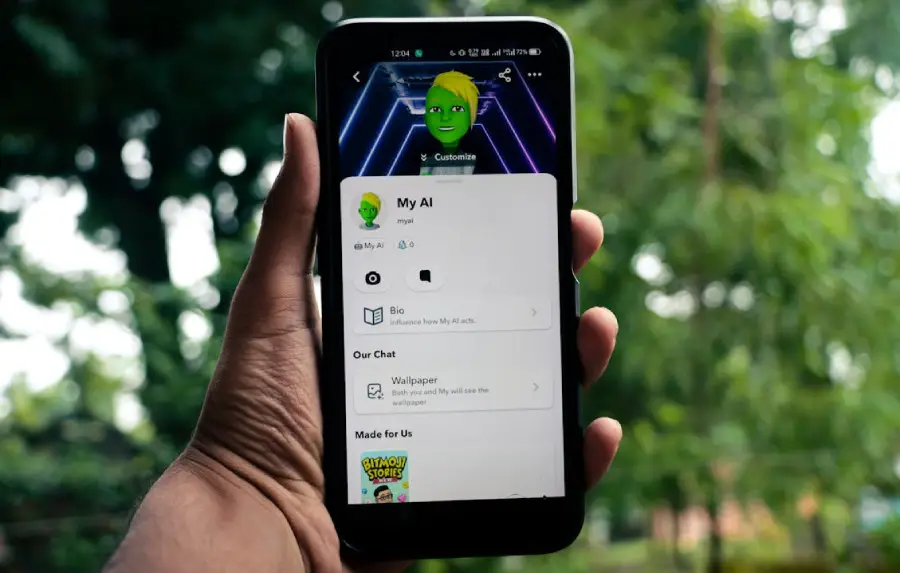Three separate kinds of stand-alone Microsoft Power BI licenses are supported by Acterys for onboarding and usage. Here we’ll discuss Power BI free and pro features in details.
Free Power BI
It enables users to access data, produce reports and dashboards alone in their own workplace, and use the Power BI service. Please be aware that users of this license level can only see reports shared with them by Pro and Premium users (and only when the report is stored in a Premium Capacity workspace) and cannot share reports or dashboards with other users.
Pro Power BI
Power BI Pro, which is licensed per user, enables users to access the Power BI service, share material to other workspaces, subscribe to dashboards and reports, and work together on reports and dashboards with other Pro license holders. Here’s some information on sharing and working together with Power BI.
Power BI Premium: Plans for Capacity
Plans for Power BI Premium capacity offer capacity in addition to Premium features. Premium provides a license to every user in the company (in contrast to Power BI Pro, which is per user). As a result, fewer people will need Power BI Pro licenses to create and consume content. Only content providers need the Power BI Pro User license; the Premium plans give customers the capability and entitlement. In workspaces designated for Premium capacity, creators have the ability to post content, share dashboards, subscribe to dashboards and reports, and share with other users. For more information, check out https://acterys.com/acterys-premium/.
Two Premium capacity plans exist, based on the method of publication.
- Premium P:
- Put a report inside of Teams
- Use SharePoint Online to embed a report
- Publish reports and dashboards using the Power BI service.
- Combine reports and dashboards into applications.
- EM Premium:
- Put a report inside of Teams
- Use SharePoint Online to embed a report
Licensing Notes
- Give each user a Power BI Per User license, allowing them to create, publish, and consume content. This will be the costliest licensing strategy as you grow.
- Only those using Power BI Pro for creation or publication are licensed, and Premium Plans cover consumers. Since capacity is limited, consumption needs to be watched to make sure enough resources have been allotted.
- P Plans: Premium (share dashboards and reports in the Power BI service, bundle dashboards and reports into apps, embed a report in Teams and SharePoint Online).
- If published in Teams and SharePoint Online, EM Plans – Embedded (into Teams & SharePoint Online) could be more economical.
Onboarding
Free Power BI
Power BI Free does not require license onboarding. By requesting that your Local Administrator allow the policy toggle in the Acterys Portal and visiting the Microsoft Power BI website, you may begin using Power BI for free (see to the User Policy Management Handbook).
Government advised to update Microsoft Edge
The Power BI Premium and Pro versions
Licensing for Power BI Pro and Power BI Premium has to be obtained from a reputable Microsoft distributor (LSP). Subsequently, the Acterys tenant must onboard these licenses by following the instructions provided in the O365 Onboarding Guide for Local Administrators. After being on boarded, users can issue licenses in accordance with LA requirements. You may find a guidance on assigning “Per User” licenses to users here.
New Workspaces for Power BI
With the new workspace experience, administrators of Power BI workspaces may give granular workspace roles to facilitate the granting of workspace access, allow BI teams to build workspaces without requiring the creation of an Office 365 group, and control workspace access using security groups. This implies that it won’t be visible to the user in Teams, Outlook, or any other location where Office 365 Groups are shown. The return to old option, which is accessible at the top of the create workspace window, still allows you to establish an Office 365 Group-based workspace.
The Power BI console is used to manage the process of creating a new workspace. Here are the instructions for creating a new workspace.
To take use of the additional capabilities offered by the new workspace experience, workspace administrators can update the traditional workspace to the new workplace experience and vice versa. To guarantee that the transition to the new workplace experience goes successfully, please give special attention to the section under “Things to plan before upgrading.”

You can choose to return to a traditional workspace for 30 days following the update as part of the upgrading process.
If any of the following describe your workplace, you are unable to go back:
- The group for Microsoft 365 was eliminated.
- You last updated more than thirty days ago.
- Dashboards and reports in other workspaces utilize datasets from this workplace. How can anything like this occur? Let’s say someone installed a content pack you published from the workspace prior to the update in a different workspace. The datasets are used by the dashboards and reports in that content pack right after the upgrade.
- The workspace is a component of the pipeline for application life-cycle management.
- Template apps are utilized in the workplace.
- Large models are used in the workstation.
The new use stats feature is put to use in the workspace. Limits on premium capacity
For workspaces with Premium capacity, each Premium capacity is limited to 100 TB. It is the duty of capacity administrators to monitor.
- There is no storage cap per user.
- The user can configure sharing permissions inside the workspace once it has been established. Similar to SharePoint, role-based access is used to limit access. Individual users can be granted permissions and then assigned a role (Admin/Member/Contributor/Viewer). Here is where you can find out more about Role.
How to Clear the Cache in Microsoft Edge
Cooperation:
On the Power BI platform, users may share material with one another and work together in new workspaces. A Power BI Pro or Premium Per User (PPU) license is required for users. The message “Only users with Power BI Pro licenses can publish to this workspace” appears to users who do not have a Pro or PPU license.
If a new workspace is in a Power BI Premium capacity, users without a Pro or Premium Per User (PPU) license can access it, but only if they have the Viewer role.
A free Power BI license allows users to build new experience workspaces. yet unable to work along with others.




 How to recall an email in outlook? Step by step
How to recall an email in outlook? Step by step